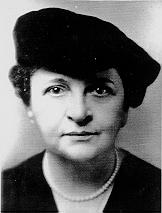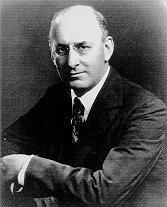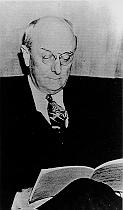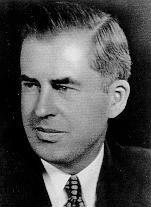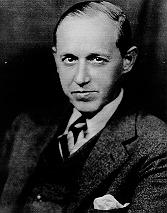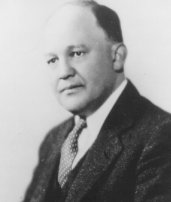The Committee on Economic Security
|
|
The Executive Director was an economics professor from
the University of Wisconsin, Edwin Witte. Witte had worked in state government
in Wisconsin and he was a former student of Professor John R. Commons
at the University of Wisconsin. Witte was one of the nation's leading
experts in social insurance and was an active member of the American Association
for Labor Legislation. The Advisory Council was a group of 23 civic leaders
from outside the Roosevelt Administration who had an interest in some
fashion in the legislation to be developed. The most important member of the Technical Board was Arthur J. Altmeyer who was the Chairman of the Technical Board. Altmeyer was an Assistant Secretary at the Department of Labor, and he would go on to become a member of the first Social Security Board and SSA's first Commissioner. Breakneck Pace One of the most remarkable facets of the story of the CES is how little time it had to do its work. The CES was created in June 1934, Witte did report until the end of July, most of the staff did not start work until the end of August, and the CES was required to issue its report to the President in December 1934. Six months to create an American social insurance program! The CES spent a total of $145,000 and delivered its product only a few weeks late. Altmeyer, Committee Counsel Thomas Eliot, Perkins and Witte met with President Roosevelt late in August to get his first-hand direction. Witte reported the meeting this way: "He [the President] felt committed to both unemployment insurance and provisions for old age security and alwo wanted the committee to explore thoroughly the possibilities of a unified (package) social insurance system affording protection against all major personal hazards which lead to poverty and dependency. . .He also stated that all forms of social insurance must be self-supporting, without subsidies from general tax sources . . .[but] he understood that assistance from general tax revenues would have to be given to people already old and without means. . .he still held the view. . . that the only long-time solution of the problem of olad age security lies in a compulsory old age insurance system." In the light of the President's directions, the CES adopted a statement of objectives at its August 13, 1934 meeting: "The field of study to which the committee should devote its major attention is that of the protection of the individual against dependency and distress. This includes all forms of social insurance (accident insurance, health insurance, invalidity insurance, unemployment insurance, retirement annuities, survivors' insurance, family endowment, and maternity benefits) . . ." To organize its work, Witte and Altmeyer designated four working groups:
It is clear that the CES intended to produce a complete system of social insurance, in the broadest possible meaning of the term. It was to include workers' compensation, health insurance, disability insurance, unemployment compensation, old-age benefits, survivors' benefits and various types of family and maternity benefits. This was to prove an illusive challenge. When the dust settled, health insurance, disability insurance and survivors' benefits would be absent from the Administration's proposal. They would eventually become part of Social Security, one almost immediately, one not for 20 years, and one not for another 30 years. And even those parts of the "unified package social insurance system" that made it into the CES proposal were not without controversy and the whole undertaking was never a sure thing. Report of the Committee on Economic Security
|
|||||||||||||
